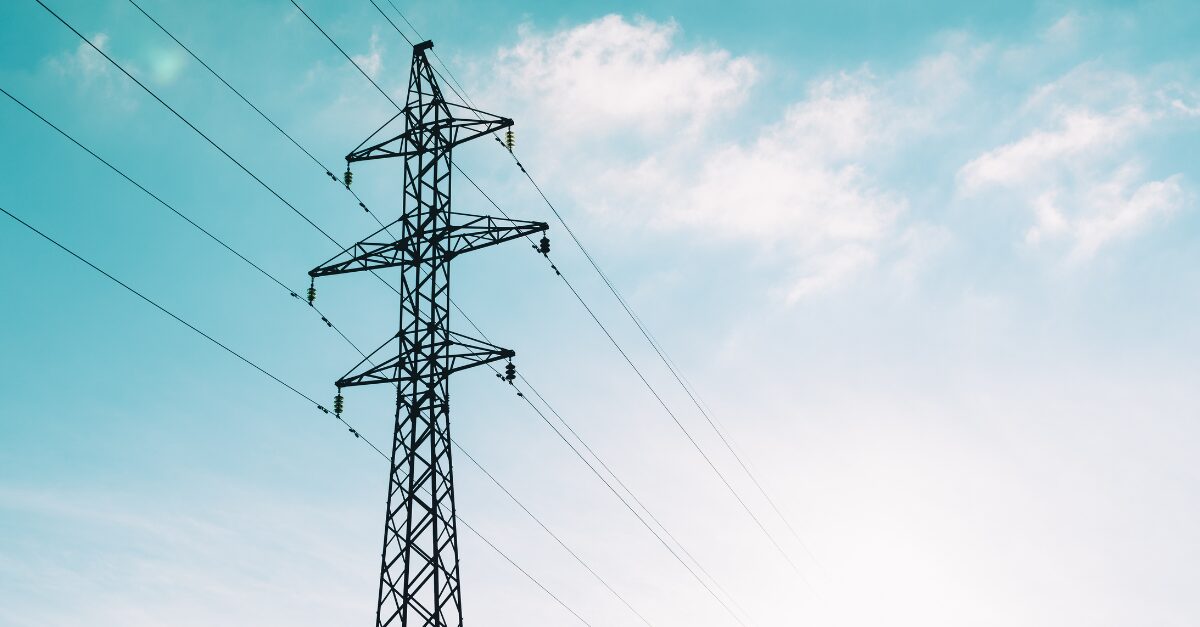
Australia’s energy markets are at a crossroads, balancing record renewables with reliability concerns. While new renewable generation continues to come online at pace, the system is showing signs of strain. Sharp price spikes during low-wind events and increased gas reliance during winter peaks have highlighted underlying vulnerabilities. June brought a clear example of this tension: wind output hit record lows just as cold weather drove up demand, exposing gaps in firming capacity and grid resilience.
Meanwhile, gas and electricity prices edged upward in key states, and neighbouring markets like New Zealand began retreating from 100 percent renewables targets in favour of supply security. For large energy users, the message is clear - volatility is here to stay, and strategic energy planning has never been more important.




Wind generation was highly variable across June, with a major system-wide drop on 12 June bringing output below 1,000 MW — just 5–7% of installed capacity. These low-wind events, sometimes called “wind droughts,” are more common in winter, typically caused by lingering high-pressure systems that create calm, still conditions across multiple regions. June also saw reduced wind correlation across states, limiting the ability to share excess generation and increasing pressure on gas peakers and interconnectors.
Ongoing transmission constraints in parts of VIC and southern NSW led to curtailment at times, even when wind output recovered. New Zealand experienced similar conditions, with low wind and cold weather tightening reserves and triggering brief price spikes.
What does this mean for you?
Low-wind periods won’t always lead to price spikes, but they do increase the risk. Businesses reliant on fixed renewable supply, or those exposed to spot market volatility, should consider how they’re managing firming and forecasting. Diversifying energy sources and improving demand-side flexibility are key tools in navigating these events.
The Australian Competition and Consumer Commission (ACCC) has warned that, despite a projected east coast gas surplus of 77–112 petajoules (PJ) for 2025, southern states like Victoria and New South Wales may still face winter supply shortfalls. This is due to infrastructure constraints limiting the transport of gas from Queensland and declining production in southern fields. The ACCC suggests that liquefied natural gas (LNG) imports may become necessary to meet demand, potentially leading to higher prices for industrial users.
What does this mean for you?
Businesses with significant gas usage should monitor supply developments closely. Consider evaluating alternative supply arrangements or hedging strategies to mitigate potential price volatility and ensure continuity of operations during peak demand periods.
Large-scale Generation Certificate (LGC) prices fell below $40 in June — their lowest point in over a year. The drop reflects strong renewable output earlier in 2025, weaker voluntary demand, and increasing uncertainty around the role of LGCs in future corporate sustainability strategies. Market participants are also watching developments in the Safeguard Mechanism, which could influence certificate value going forward.
What does this mean for you?
If your business is involved in green procurement or has a Power Purchase Agreement (PPA), this price movement may affect certificate revenues or create more favourable buying conditions. It’s a good time to review whether voluntary LGC purchases or secondary market opportunities could help meet decarbonisation goals at a reduced cost.
In the 2025–26 Federal Budget, the Australian Government announced a $2 billion expansion of the Clean Energy Finance Corporation (CEFC). This initiative aims to unlock an additional $8 billion in private investment for renewable energy and low-emissions technologies, reinforcing the nation's commitment to a sustainable energy future. The expanded funding will support the modernization of Australia's electricity grid, enhance energy efficiency, and accelerate the deployment of clean energy projects. This move aligns with the government's broader "Future Made in Australia" agenda, which focuses on fostering domestic industries and reducing carbon emissions.
What does this mean for you?
For businesses and investors, this expansion presents new opportunities to engage in the growing renewable energy market. The increased funding may lead to more favorable financing options for clean energy projects, improved infrastructure, and a more robust energy sector. Stakeholders should stay informed about upcoming CEFC initiatives and consider how they can participate in or benefit from these developments.
As conditions tighten, a clear-eyed strategy can make all the difference. Whether you’re planning upgrades, reviewing contracts, or exploring renewables, now’s the time to take stock. Reach out for tailored advice on staying ahead in our shifting energy landscape.
Can Yallourn Hold On Until 2028?
September 8, 2025
Turning Climate Targets into Business Strategy
September 5, 2025
NEM Insights from the 2025 ESOO
August 25, 2025
Explore our monthly market wraps for a comprehensive outlook on the Australian energy market, and start making smarter energy decisions.

The Australian Energy Market Operator (AEMO) released its 2025 Electricity Statement of Opportunities (ESOO) – a 10-year outlook for the National Electricity Market (NEM). The…
READ MORE